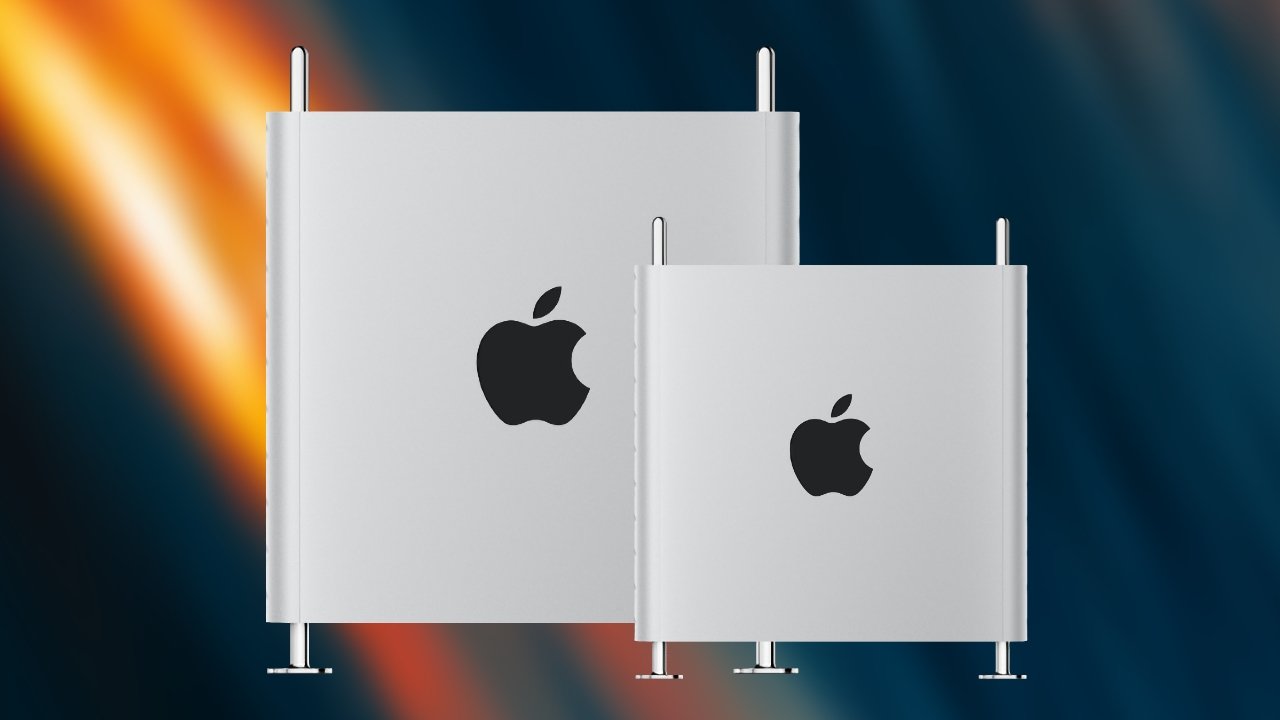A future Mac Pro is rumored to use the Xeon W-3300 CPU family, in parallel with Apple's commitment to fully transition to Apple Silicon by 2022.
A reliable leaker known as YuuKi_AnS says that the 2022 Mac Pro will use Xeon W-3300 series CPUs. While this corroborates other leaks, it also goes against Apple's promise to transition all Macs to custom silicon.
As reported by WCCFtech, the tweet suggests that Apple will release an Intel variant of the Mac Pro in 2022 in some form or another. This could be released on its own or alongside an M-series Mac Pro to cover both markets of pro users.
Apple's MacPro 2022 seems to use Intel's Xeon-W 33xx series processors...
— -YuuKi_AnS (@yuuki_ans) July 26, 2021
(LGA4189 iceLake-SP)
The next Mac Pro has been rumored to include a processor known as "Jade" or the "M1X." This Apple Silicon processor would have up to 40 cores and a dedicated GPU.
An Apple Silicon version of the Mac Pro would use a case half the current model's size. The new design and processor would limit professionals to custom Apple hardware, however.
Apple may want to serve customers who rely upon legacy components and hardware with a final Intel-based Mac Pro. This rumored model would be compatible with the modular components and external GPUs that professionals need.
Both rumored models could be released in the same year to please all of its professional customers.
With only about one year left of the promised transition window, Apple still has a few Macs to release with the M-series processor. Expect updates to the 16-inch MacBook Pro, a new 14-inch MacBook Pro, and a smaller Mac Pro before the transition is complete.
YuuKi_AnS has been reporting on Intel processors, particularly workstation ones, for several years, with good accuracy.
 Wesley Hilliard
Wesley Hilliard








 Andrew Orr
Andrew Orr
 Malcolm Owen
Malcolm Owen
 William Gallagher
William Gallagher







-m.jpg)




71 Comments
Makes sense. Professionals don’t like experiments and like to wait for a well established matured technology before they shift horses.
HPC runs on Intel. Software vendors are slow to move in this field as it isn’t a simple recompile to run on Apple silicon. Apple would need to show a massive performance advantage…